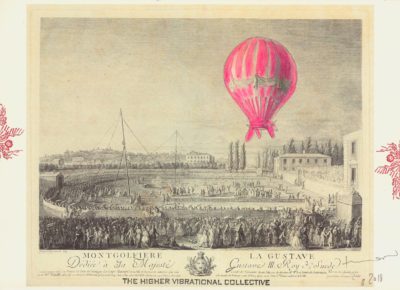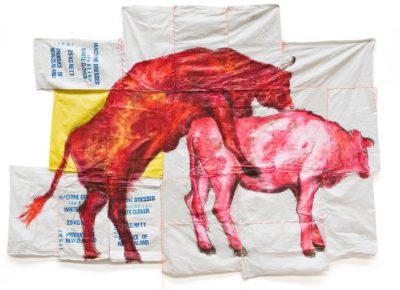These sketches have been a sideeffect of the painting series My second Flock and the Data Exchange Project. Cows and their stream of milk around the globe became a core intensity during this period and are documented together with the cow paintings and the alp diary of a mother cow shepard in the publication Kunststrom. Husar had no clue about flying an udder balloon 10 years later.
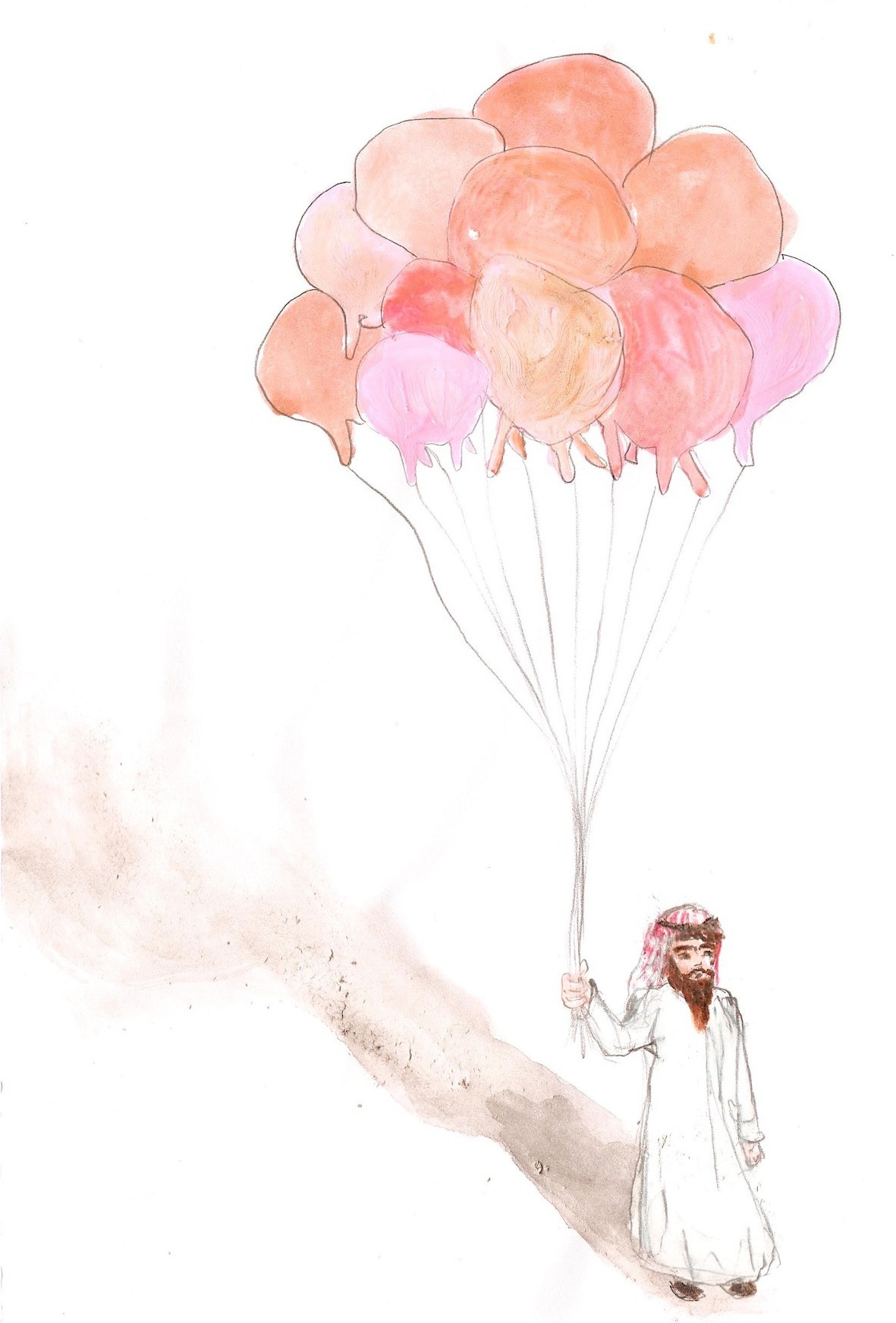
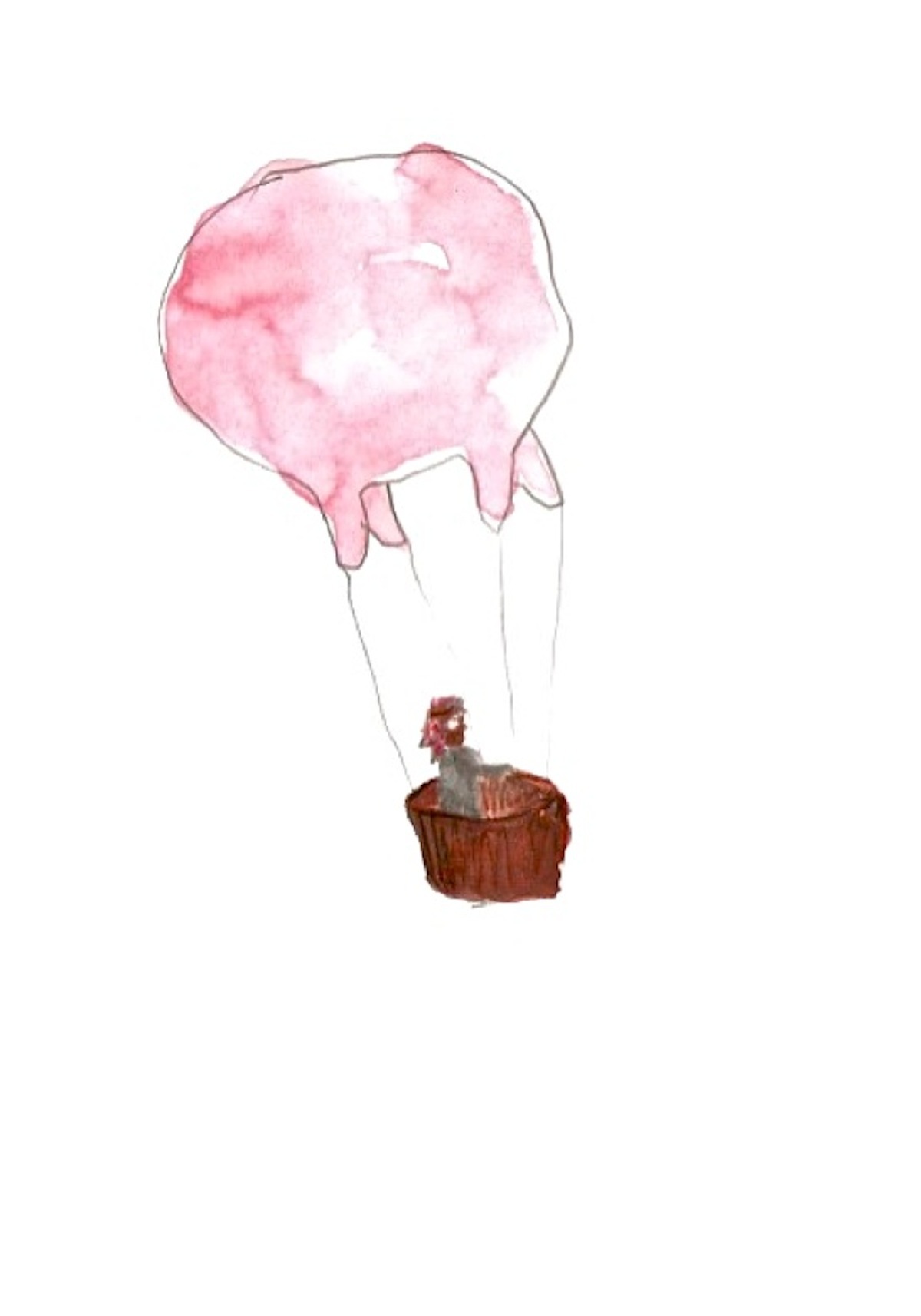
First time Flying Udder shows up (2008)
the starting point is always drawing. in drawing, free thought processes are localized and then condensed into entire organisms.
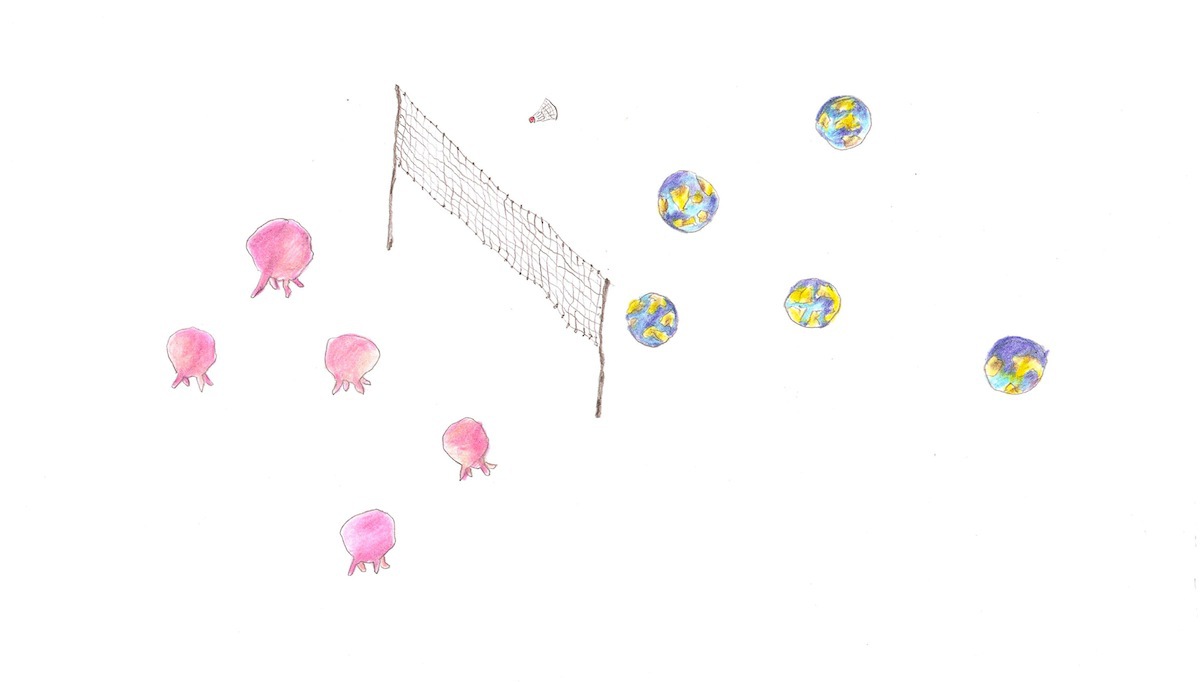
instantaneous approaches address the mechanisms of the global flow of milk.

Cutting through the cord and dependence
Humans need food and information. The ways and means of producing or procuring them, of wanting and having, have always occupied human beings. Art historian Wolfgang Ullrich describes the intimate relationship between human and thing in his book "Haben wollen" ("Wanting to Have"). Among other things, it leads people to define themselves through products. Barbara Anna Husar combines consumerism, dependencies and communication mechanisms with motifs such as udders or umbilical cord. In the work from the series "Udder" (Mixed Media and Stamp on Copy Paper, 2008, 29,6 x 21 cm) the overflowing udder is detached from the living being, it becomes independent. And man in his most existentially naked form, as a skeleton, leans against it and ponders.
This archaic repertoire of motifs of dependencies may originate from Husar's engagement with the desert and the Bedouins of the Sinai peninsula in connection with urban living environments, connections that the artist has been analyzing for several years in her projects. There is the umbilical cord as a channel of communication. It secures the data flow that is necessary for survival. Connects outside with inside and thus completely different life worlds. When you cut the cord, you stumble into a piece of freedom that is immediately overshadowed by new dependencies. The overbred udder can now be seen as a symbol for the generation and satisfaction of needs. Mother's milk that is gaining new importance in industrial production. The principle of reproduction, which the artist also thematizes with material and technique – copying paper and stamps. The udder is provided with ownership and those who have access to it milk it. These organic motifs of the artist thus imply an indication of a natural descent as well as an equally natural decay.
Erwin Uhrmann, 2008
Abnabelung und Abhängigkeit
Der Mensch braucht Nahrung und Information. Und die Arten und Weisen, diese zu erzeugen oder zu beschaffen, das Wollen und das Haben, beschäftigen ihn seit jeher. Die intime Beziehung zwischen Mensch und Ding beschreibt der Kunsthistoriker Wolfgang Ullrich in seinem Buch „Haben wollen". Sie führt unter anderem dazu, dass Menschen sich über Produkte definieren. Konsumsucht, Abhängigkeiten und Kommunikationsmechanismen verquickt Barbara Anna Husar mit Motiven wie Euter oder Nabelschnur. In der Arbeit aus der Serie „Udder“ (Mixed Media und Stempel auf Kopierpapier, 2008, 29,6x21 cm) ist das übervolle Euter losgelöst vom Lebewesen, es verselbständigt sich. Und der Mensch in seiner existenziell nacktesten Form, als Skelett, lehnt daran und grübelt.
Dieses archaische Motivrepertoire der Abhängigkeiten mag aus der Beschäftigung Husars mit der Wüste und den Beduinen am Sinai in Verbindung mit urbanen Lebenswelten stammen, Zusammenhänge, welche die Künstlerin bereits seit mehreren Jahren in ihren Projekten analysiert. Da steht die Nabelschnur als Kommunikationskanal. Sie sichert den Datenfluss, der zum Überleben notwendig ist. Verbindet Außen mit Innen und damit völlig unterschiedliche Lebenswelten. Mit der Abnabelung stolpert man in ein Stück Freiheit, das sogleich von neuen Abhängigkeiten überschattet wird. Der überzüchtete Euter kann nun als Symbol für die Bedürfniserzeugung und -befriedigung gesehen werden. Muttermilch, die in der industriellen Produktion neue Bedeutung erlangt. Das Prinzip der Vervielfältigung, welches die Künstlerin auch mit Material und Technik - Kopierpapier und Stempel - thematisiert. Der Euter wird mit Eigentümerschaft versehen und jene, die Zugang dazu haben, melken ihn. Diese organischen Motive der Künstlerin implizieren damit den Hinweis auf eine natürliche Abstammung sowie den ebenso natürlichen Verfall. Erwin Uhrmann, 2008

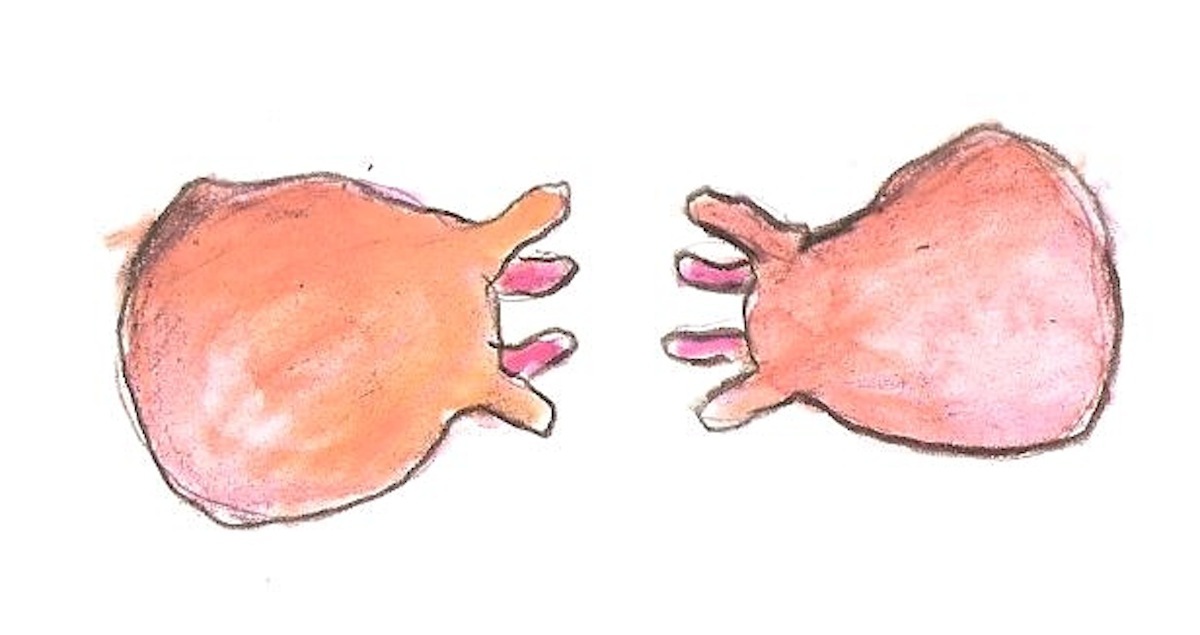
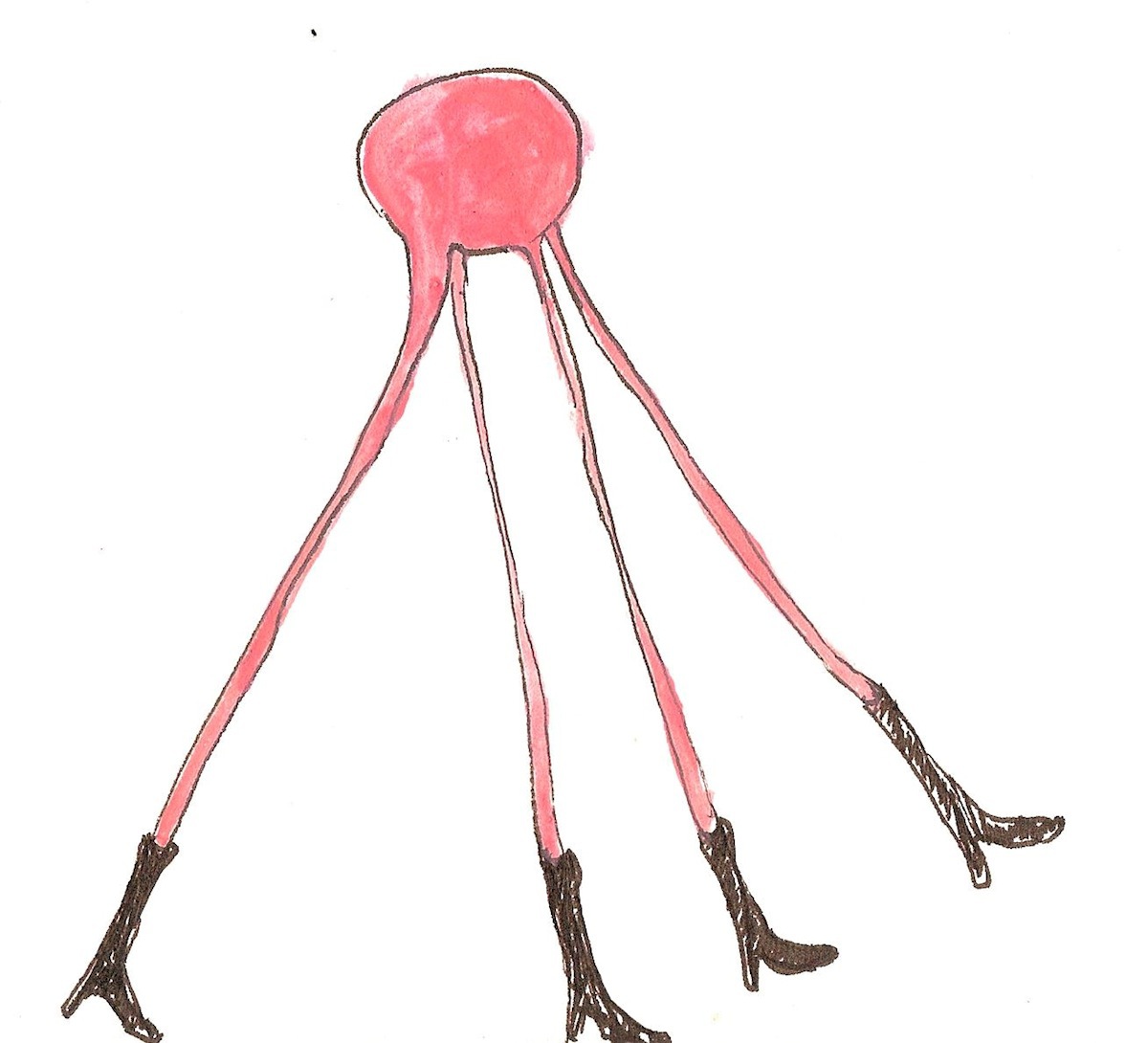
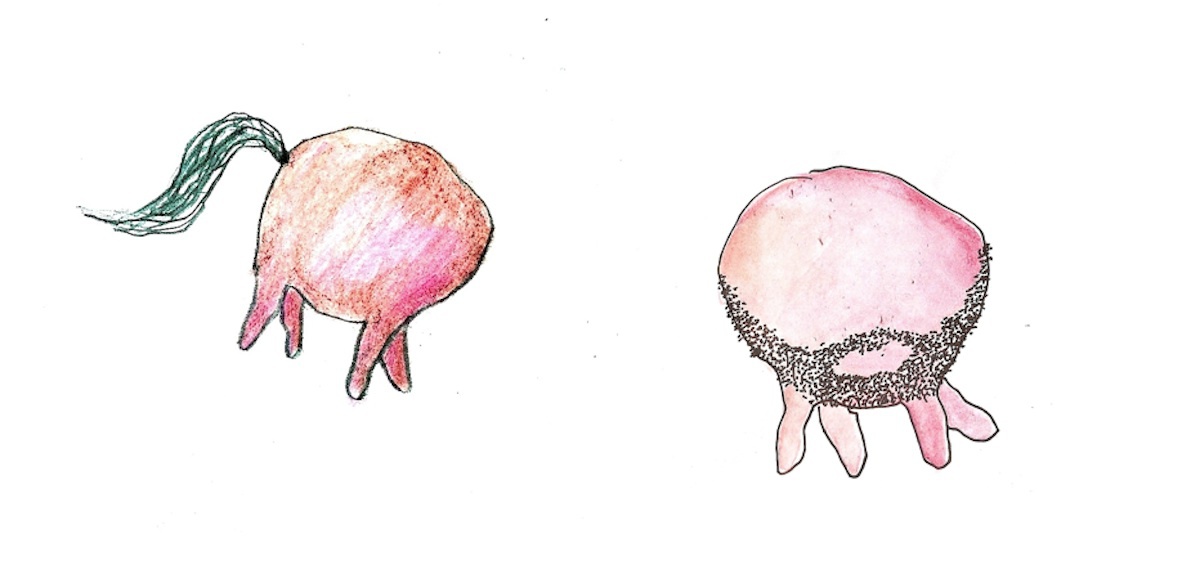
All the really good ideas I ever had came to me while I was milking a cow.


